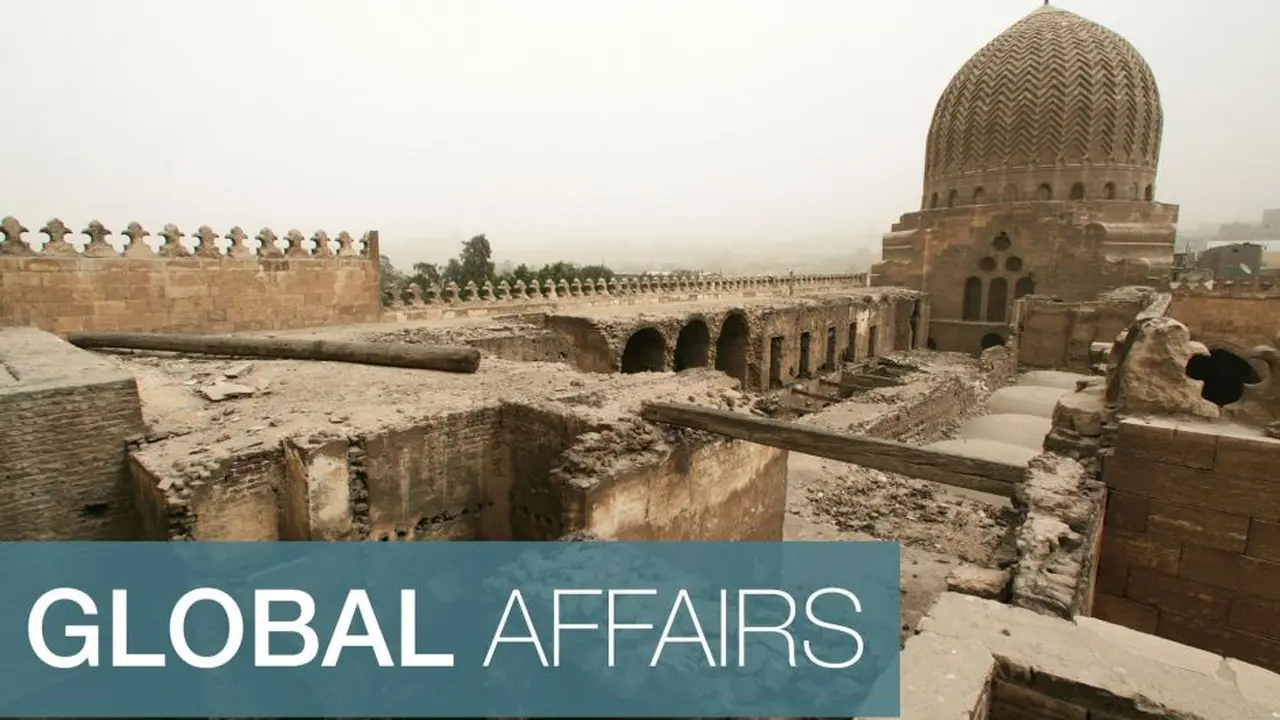Royal Art and Architecture 4 Masterpieces of Southeast Asia
Discover the most stunning examples of royal art and architecture in Southeast Asia. From temples to palaces. Plan your historical tours.

Introduction: Unveiling Southeast Asia's Architectural Gems
Southeast Asia, a region steeped in history and culture, boasts a treasure trove of royal art and architecture. From the majestic temples of Angkor to the opulent palaces of Thailand, these masterpieces offer a glimpse into the region's rich imperial past. In this guide, we'll explore four iconic examples of royal art and architecture, delving into their history, significance, and beauty. Get ready to embark on a visual journey through time and discover the artistic legacy of Southeast Asian royalty.
Angkor Wat: The Pinnacle of Khmer Architecture
Angkor Wat, located in Cambodia, is arguably the most famous temple complex in Southeast Asia. Built in the 12th century during the reign of King Suryavarman II, it was originally dedicated to the Hindu god Vishnu but later transformed into a Buddhist temple. Angkor Wat is renowned for its intricate bas-reliefs, towering spires, and symmetrical design. The temple's layout represents the Hindu cosmology, with Mount Meru (the home of the gods) at its center. Exploring Angkor Wat is like stepping back in time, offering a profound understanding of Khmer culture and religious beliefs.
Angkor Wat Architectural Style and Design Elements
The architecture of Angkor Wat is a blend of Khmer and Hindu styles. The temple's design incorporates elements such as corbelled arches, sandstone construction, and intricate carvings. The bas-reliefs depict scenes from Hindu epics like the Ramayana and the Mahabharata, as well as scenes from daily life in the Khmer empire. The central tower, representing Mount Meru, is surrounded by four smaller towers, creating a visually stunning and harmonious composition.
Experiencing Angkor Wat: Tips and Recommendations
To fully appreciate Angkor Wat, plan to spend at least a full day exploring the complex. Arrive early in the morning to avoid the crowds and witness the sunrise over the temple. Hire a local guide to learn about the temple's history and significance. Wear comfortable shoes, as you'll be doing a lot of walking. And don't forget to bring water and sunscreen.
The Grand Palace Bangkok: A Symbol of Thai Royalty
The Grand Palace in Bangkok, Thailand, is a sprawling complex of temples, palaces, and government buildings. It has been the official residence of the Kings of Siam (and later Thailand) since 1782. The Grand Palace is a testament to Thai craftsmanship and artistic skill, with its ornate decorations, gilded spires, and intricate mosaics. Within the Grand Palace complex is Wat Phra Kaew (Temple of the Emerald Buddha), which houses the most sacred Buddha image in Thailand.
Grand Palace Bangkok Architectural Features and Historical Significance
The architecture of the Grand Palace is a blend of traditional Thai and European styles. The buildings are adorned with colorful mosaics, gilded carvings, and intricate murals. The palace's layout reflects the hierarchical structure of Thai society, with different buildings serving different functions. The Grand Palace has witnessed countless historical events, from royal coronations to state visits, making it a symbol of Thai identity and sovereignty.
Visiting the Grand Palace Bangkok: What to See and Do
When visiting the Grand Palace, be sure to dress respectfully (shoulders and knees must be covered). Explore the various temples and palaces within the complex, including Wat Phra Kaew, the Royal Pantheon, and the Chakri Maha Prasat Hall. Admire the intricate details of the architecture and the vibrant colors of the decorations. Take your time to soak in the atmosphere and learn about the history of the Thai monarchy.
Borobudur Temple: A Buddhist Marvel in Indonesia
Borobudur, located in Java, Indonesia, is a massive Buddhist monument dating back to the 8th and 9th centuries. It is one of the largest Buddhist structures in the world and a UNESCO World Heritage Site. Borobudur is composed of nine stacked platforms, six square and three circular, topped by a central dome. The monument is decorated with thousands of relief panels and hundreds of Buddha statues, illustrating the teachings of Buddhism. Climbing to the top of Borobudur is a symbolic journey of spiritual enlightenment.
Borobudur Architectural Style and Buddhist Philosophy
The architecture of Borobudur is a fusion of Javanese and Buddhist styles. The monument's design reflects the Buddhist concept of the three realms of existence: Kamadhatu (the world of desire), Rupadhatu (the world of form), and Arupadhatu (the world of formlessness). The relief panels depict scenes from the life of the Buddha, as well as stories from Buddhist scriptures. The Buddha statues represent different aspects of enlightenment and compassion.
Exploring Borobudur: A Spiritual and Cultural Experience
To fully appreciate Borobudur, plan to spend several hours exploring the monument. Start at the base and gradually ascend to the top, taking your time to admire the relief panels and Buddha statues. Consider hiring a local guide to learn about the history and significance of Borobudur. The best time to visit is early in the morning or late in the afternoon to avoid the heat and crowds. Be sure to wear comfortable shoes, as you'll be doing a lot of climbing.
Luang Prabang Royal Palace: A Lao Gem
The Royal Palace in Luang Prabang, Laos, also known as Haw Kham, was built in 1904 during the French colonial era for King Sisavang Vong and his family. It now serves as a museum, showcasing the history and culture of the Lao monarchy. The palace's architecture is a blend of traditional Lao and French colonial styles, reflecting the country's complex history. Inside the palace, you'll find royal artifacts, religious objects, and historical documents.
Luang Prabang Royal Palace Architectural Influences and Royal History
The architecture of the Royal Palace in Luang Prabang combines traditional Lao elements, such as the sloping roofs and ornate carvings, with French colonial features, such as the European-style facade and the use of concrete. The palace's design reflects the influence of both Lao and French cultures. The palace was the official residence of the Lao monarchs until 1975, when the monarchy was abolished and the palace was converted into a museum.
Visiting Luang Prabang Royal Palace: Cultural Insights and Historical Treasures
When visiting the Royal Palace in Luang Prabang, take your time to explore the various rooms and exhibits. Admire the royal artifacts, religious objects, and historical documents on display. Learn about the history of the Lao monarchy and the country's struggle for independence. The palace offers a fascinating glimpse into the cultural heritage of Laos.
Enhancing Your Opulent Historical Journeys: Product Recommendations
To make the most of your opulent historical journeys through Southeast Asia, consider these product recommendations:
Photography Gear for Capturing Architectural Details
A high-quality camera is essential for capturing the intricate details of Southeast Asian architecture. Consider the Sony Alpha 7 IV (approx. $2500), a full-frame mirrorless camera known for its excellent image quality and dynamic range. For a more budget-friendly option, the Canon EOS Rebel SL3 (approx. $600) is a great choice for beginners. Remember to bring extra batteries and memory cards!
Comfortable Footwear for Exploring Ancient Sites
You'll be doing a lot of walking when exploring ancient sites like Angkor Wat and Borobudur. Invest in a pair of comfortable and supportive hiking shoes. The Merrell Moab 2 Vent (approx. $100) is a popular choice for its durability and breathability. Alternatively, the Teva Hurricane XLT2 sandals (approx. $70) are a great option for warmer climates.
Travel Guides for In-Depth Historical Information
A good travel guide can provide invaluable historical information and practical tips for your journey. The Lonely Planet Southeast Asia (approx. $30) is a comprehensive guide covering multiple countries in the region. For specific destinations, the Angkor Wat: A Traveler's Guide by Dawn Rooney (approx. $25) offers detailed insights into the history and architecture of Angkor Wat.
Portable Chargers for Staying Connected
Don't let a dead phone battery ruin your historical adventure. A portable charger is a must-have for staying connected and capturing memories. The Anker PowerCore 20100 (approx. $50) is a reliable and powerful portable charger that can charge your phone multiple times. For a more compact option, the Mophie Powerstation Mini (approx. $30) is a great choice.
Comparison of Southeast Asian Architectural Styles
Southeast Asian architecture is diverse, reflecting the region's rich history and cultural influences. Khmer architecture, exemplified by Angkor Wat, is characterized by its intricate bas-reliefs, towering spires, and symmetrical design. Thai architecture, as seen in the Grand Palace, features ornate decorations, gilded spires, and colorful mosaics. Javanese architecture, represented by Borobudur, is known for its massive scale, intricate relief panels, and Buddha statues. Each style offers a unique glimpse into the artistic and religious beliefs of the region's various cultures.
By exploring these four masterpieces of Southeast Asian royal art and architecture, you'll gain a deeper appreciation for the region's rich history and cultural heritage. So, pack your bags, grab your camera, and get ready to embark on an unforgettable journey through time.
:max_bytes(150000):strip_icc()/277019-baked-pork-chops-with-cream-of-mushroom-soup-DDMFS-beauty-4x3-BG-7505-5762b731cf30447d9cbbbbbf387beafa.jpg)






